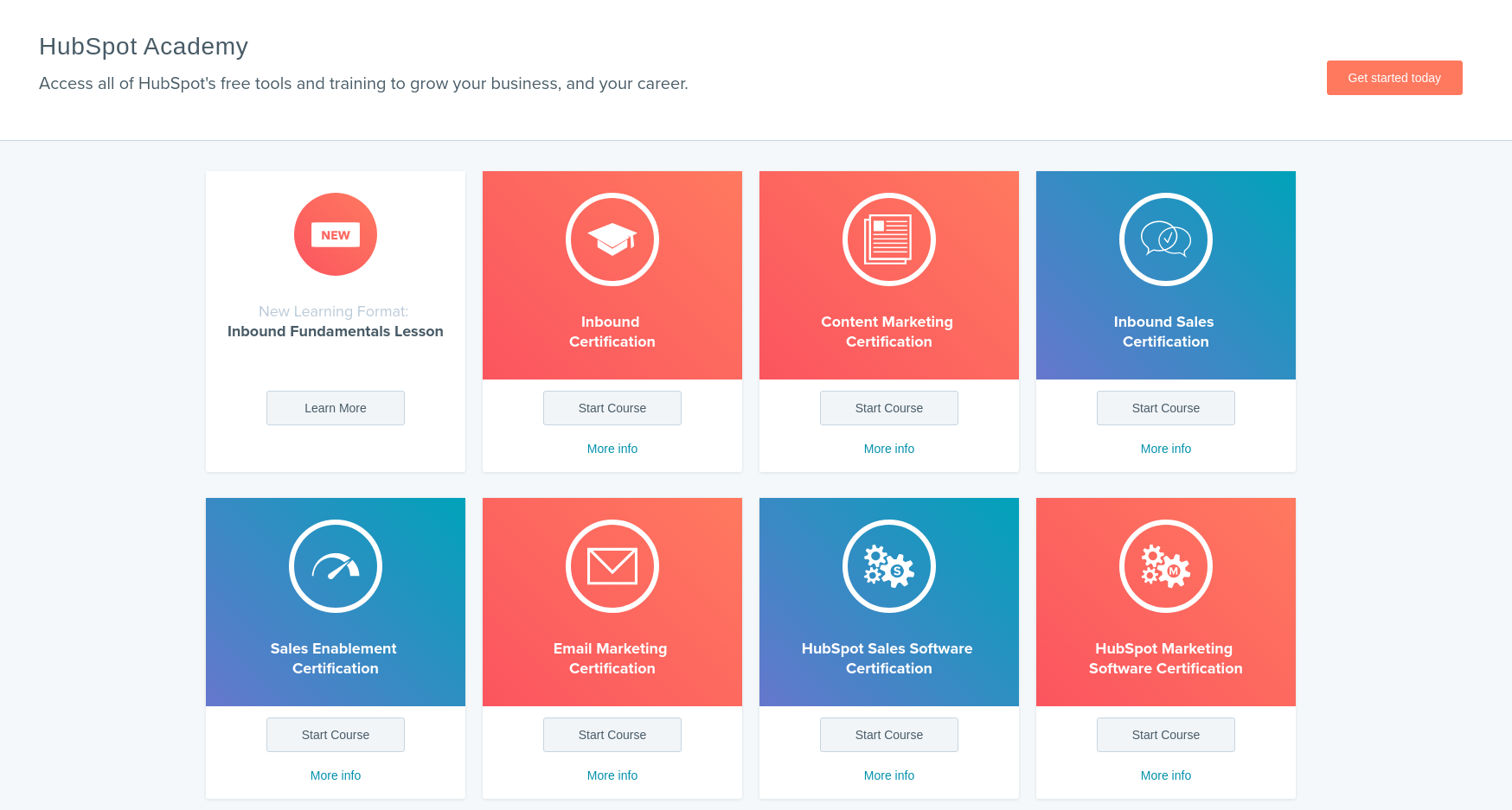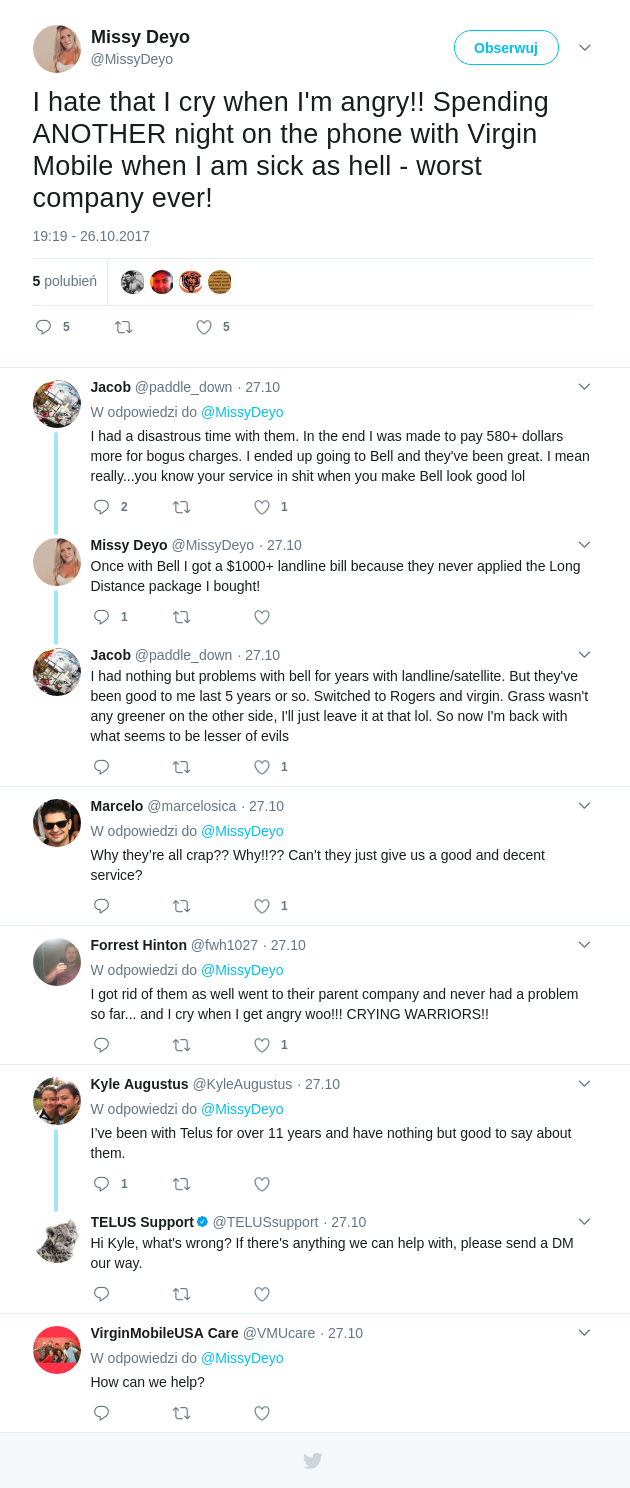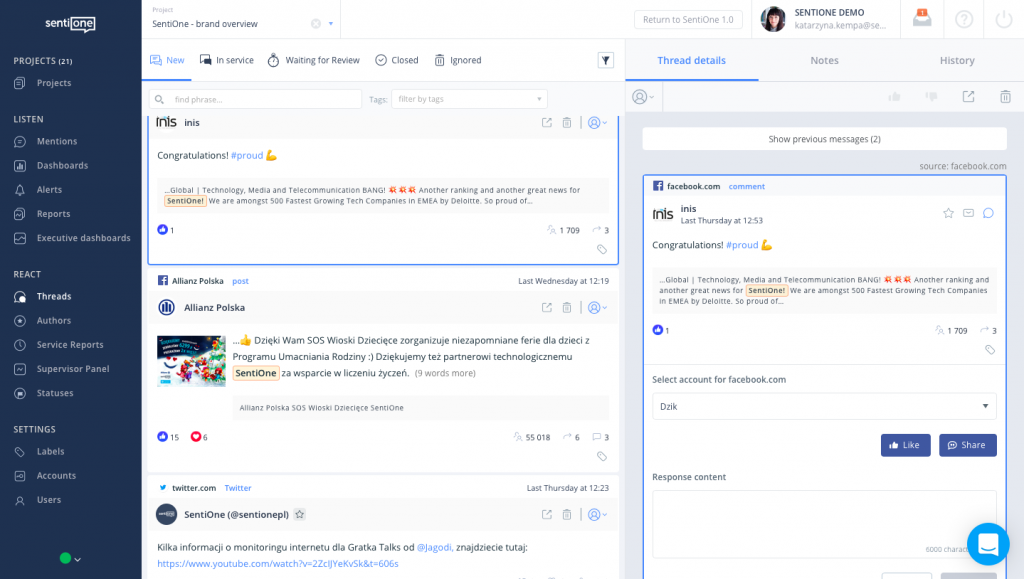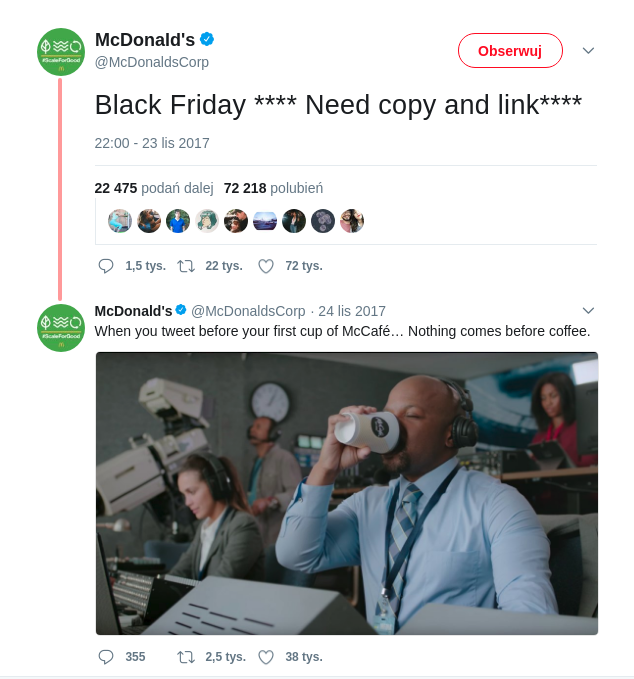How to improve your client relationship management in 2020?
The importance of maintaining good relationships with your clients cannot be overstated. These days, brands are fighting an uphill battle to stay relevant – and this battle takes place on many fronts. You’re not only trying to capture new clients, but make sure your existing ones keep choosing you over the competition.
As such, you need to make yourself approachable. Sixty-five percent of American consumers are primarily influenced by personal experiences with the brand. Eighty-one percent say that trust is what primarily influences their purchase decision.
The industry continues evolves along new technologies. Customer care isn’t just answering calls from irate consumers anymore. These days, very succesful brand is implementing customer lifecycle strategies. The idea is to proactively engage your audience throughout the entire sales funnel – this way, you can forge a true relationship, from brand awareness to retention.
This is done by ensuring that each step of your customer journey is meticulously crafted for your planned buyer personas. Your goal isn’t just to endear your potential client to your company, but also attract their friends and colleagues. Keep doing this over and over to ensure a consistently high customer retention rate.
Of course, this is all easier said than done. The following examples, however, prove that it’s not impossible – let’s take a look.
Step 1: Awareness
Obviously, it’s not likely that someone will knowingly choose your product if they don’t even know your brand. Nobody wants to be the budget option that people buy without looking twice at the packaging. No, all of us want to be the brand that people shout from the rooftops about. With so many brands competing for our customers’ attention, it takes a whole lot of effor to achieve a decent level of customer awareness.
It’s very hard to measure the direct result of sponsoring, partnerships, and other awareness campaigns – they are aimed at long-term goals. If you don’t have the means for a wide-spread campaign, try focusing primarily on your target. Your goal is to at least become recognisable in your industry. Everyone wants to achieve viral fame; while it’s hard to foresee the result of your campaign, the simple truth is that in social media, simple emotions track. Stand out, set your tone, and stay consistent. Make sure your customers feel a familiarity with you.
Don’t go overboard with familiarity, however. The larger and more recognisable you get, the more you need to start thinking outside the box to continue garnering your audience’s favour. Keep your clientele on their toes.
Try doing crazy things, like this campaign from Red Bull.
This is what you do when you miss your flight.
Posted by Red Bull on Tuesday, November 28, 2017
Another good example is this campaign by Nike.
Step 2. Acquisition
Once the ice has been broken, make sure you keep in touch. Give people content they want to consume to ensure they don’t forget about you. That’s why marketers are preaching quality content. It’s a crucial part of a successful marketing strategy – its substance.
In the world of online media, it’s best to get people to subscribe to your channels. For example, you can get people hooked by providing them with quality educational materials. A good SEO strategy will go a long way. If you know your audience’s needs and understand search engines, you’ll have no problem finding customers.
As a quality example, let’s take a look at HubSpot. They’re possibly the most recognisable quality marketing content provider around. Their HubSpot Academy offers countless free industry-oriented courses, which are at once thorough and accessible. This helped them establish themselves as market leaders.

Step 3. Engagement
At this point, you’ve probably noticed it’s hard to separate each step of customer lifecycle strategy. In order for it to work, every part needs to be active at the same time. This is one of the traits of non-linear marketing. Your awareness campaign may lead directly to purchases, your sales might cause acquisition etc.
Be prepared for your Buyer Persona to wander through your sales funnel in a nonconventional way. Why not? In the world of mobile, people are used to instant gratification. As a marketer, your job is to adapt, right? People’s attention spans dropped in the last few years – and is it really any surprise? We’re overwhelmed by information day in and day out – and most of it is worthless. We simply got immune to information – we can scan through hundreds of headlines a day, but barely any will register.
As a brand, you have to find a way around this phenomenon to break through. Your advantage is that there are more communication channels than ever. With social media, blogs, forums, review sites, you can be practically everywhere. The key is to provide content that your audience would want to interact with and that’ll encourage discussions or product usage (like tutorials, webinars, live demos). Make sure you provide both educational and entertainment value.
You think avocados are blandand boring? Well, Lidl UK added some game to them.
Engagement doesn’t always mean large scale. You can engage with people individually by inspiring them to take responsibility. Simple images are the most memorable, like in this Guinness ad.

Step 4. Sales
Sales strategies bring with them countless opportunities – not just in ecommerce! 75% of customers admit they use social media as a part of the buying process [source]. In psychology, it’s called the social proof. We like to buy what others have, either to live up to expectations or to simply make sure we spend money on something that’s been tried by others. An active social community can inspire wider audiences to buy your products or services – so keep up with social media!
Make sure you cover all social media discussions, whether it’s a review of your product, your competition or an expression of a purchase intent. Using social listening, you can track all conversations from thousands of sources. All you have to do is simply set the keywords you want to look for – like your brand’s name. You will get the search results with mentions from all sources in one place. Joining these discussions can save you from social media crises, keep the engagement, support retention, and – of course – turn into a sales opportunity.
Look how TELUS engaged with a vulnerable competitor’s client.

With social listening platforms, you can get your search from social media, blogs, forums, and review sites gathered and analysed. However, to get the process of answering mentions even faster, you may want to look into client relationship management systems, like SentiOne React.

It is a complex solution full of automation functionalities that will keep your online brand management nice and easy. It gives you the possibility to answer to customer’s issues on multiple channels directly from one tool and organise your workflows. If you want to set your online communication in order or take an innovative approach to customer care, book a demo to see how your brand can benefit from this all-in-one platform.
Step 5. Retention
What you can achieve with top class customer care goes further than lead generation or even closing deals via online channels. The ultimate prize for all your lifecycle activities is a loyal customer. A buyer who will give the “cycle” in “lifecycle” a new meaning. The main difference between the old sales funnel or customer journey and the lifecycle is that in the end your buyer should want to have another go and come back with some friends. This, in the long run, makes your company growth spiral.
Taking post-sales care of your clients is definitely one of the most important parts of the process, as increasing retention by 2% has the same impact on your expenses as cutting costs by 10%. That’s why your relationships with clients should be built on strong bonds. The more human-like your brand appears, the more people will trust you and connect with you.
How to show a human face as a brand? Use the “magic words” (and no, I don’t mean “abracadabra”).
- “Hello” – acknowledge your client’s existence. Don’t treat them just as charts and wallets. Try audience segmentation and personalise your message.
- “Thank you” – be grateful and show appreciation. After all, they keep your business alive. Offer repeat purchase discounts or exclusive promotions.
- “Please” – ask for opinions. You can benefit a lot from constructive feedback or reviews. Use it to improve your brand and get ahead of competitors.
- “I’m sorry” – make up for your mistakes. Whatever you did, never sweep it under the carpet. Always make amends because the internet doesn’t forget. In fact, a little human error can do you well if you play around it, like McDonald’s did.

If you aim at building relationships with clients, make sure you diversify your activities. When it comes to media, shifting from offline channels to web shouldn’t be a surprise to anyone. More and more clients require 24/7 assistance from brands. This is where chatbots come in. We have you covered – read on to learn how to create chatbots that don’t disappoint.
However, the reactive approach is still not enough. What you need to know as well is the majority of discussions about your brand might not happen on your official channels. You may not get a notification and in the end leave customer’s issue unattended. What’s more, to keep up with all your clients’ needs on all internet channels you would have to click through thousands of sources (like social media, review sites, blogs, forums etc.) and address countless mentions.
To save yourself trouble, try automation. This way you can read, analyse, and join all online conversations about your brand and industry directly from one tool. And measure your effectiveness to make sure your business decisions are truly data-driven.



